The Family Tree
Guidebook
to EUROPE
YOUR ESSENTIAL GUIDE TO TRACE YOUR GENEALOGY IN EUROPE
ALLISON DOLAN
and the Editors of Family Tree Magazine

Cincinnati, Ohio
shopfamilytree.com
INTRODUCTION
By Lisa A. Alzo
A GUIDE TO EUROPEAN RESEARCH
Crossing the pond: Most genealogists end up doing it at one time or another. Whether your ancestors sailed over on the Mayflower, sought to escape Irelands Great Famine or were part of the mass migration starting in the late 1880s, your research trail will likely lead you to Europeperhaps not literally, but definitely mentally.
Of course, the journey back to the old country isnt always a smooth one. Name changes, confusing geography and records in unfamiliar languages and formats can easily intimidate even experienced researchers. But dont let these challenges hold you back. With our 11 tips for tracing your ancestors over there, youll sail right through these potentially rough research waters.
STEP 1

Exhaust US Sources First
Gather as much information as possible on this side of the ocean before you try to cross it. Youll want to learn your immigrant ancestors hometown in Europe, his original name and other details to help you identify him in foreign records. Believe it or not, the best place to begin researching is at home. Talk to your relatives and ask them for copies of family documents such as birth certificates, passports, naturalization records, correspondence and other papers likely to contain clues to ancestral origins.
Next, search genealogy records. The old standby, the federal census, usually provides only a country of origin. Even immigrant passenger lists can be hit or misssometimes they give a village or town; other times, just a province or region. Birth, marriage or death certificates and military papers may offer clues. Obituaries may list where an immigrant was born, but because a relative or associate provided the information, it may not be accurate. In 1917 and 1918, male US citizens and aliens born from 1872 to 1900 had to fill out WWI draft registration cards, searchable online at and on microfilm at the Family History Library and National Archives. If the person had a Social Security Number, request his SS-5 (Social Security number application) through the Social Security Administration. It costs $27 if you know the number or $29 if you dont. (See for more information.)
Keep in mind that immigrants often traveled together and put down roots among relatives and friends, forming cluster communities. They ran their own churches and schools, established newspapers and formed social organizations. Dont overlook repositories specializing in these immigrant communities, such as the Balch Institute for Ethnic Studies at the Historical Society of Western Pennsylvania , the Immigration History Research Center at the University of Minnesota and the Slovak Institute in Cleveland . An ethnic-based genealogical society might yield even more results.
STEP 2

Get the Immigrants Name Right
Itll be hard to find your ancestor William Smith in Germany if he went by Wilhelm Schmidt there. The names you find in North American records may be Americanized versions of their European equivalents, or altogether different. But dont buy into the family lore about your ancestors name being changed by immigration officials at Ellis Island (or other ports). This simply didnt happen; read more at .
Many immigrants changed their own names once they arrived in America to make the name appear more American. Often, theyd change or drop a few letters. For example, the Polish name Jaboski might become Yablonski, or the first name Jan would become John. Or theyd switch to a phonetically similar name (Stanislaw becomes Stanley). Some bosses or teachers called immigrants by names that were easier for Americans to spell or say.
Connecting with others researching the name might help you determine its original form. A Google search is a good start, but you might have better luck on a genealogy-oriented site such as Cyndis List or RootsWebs Surname Resources Page . Whatever the name, search for all conceivable variations and phonetic spellings in indexes and online databases.
STEP 3

Learn Naming Practices
Studying European cultures naming customs can often help clue you in to previous generations and extend your family tree. They can also be useful in determining siblings birth order or determining whether there were other children. For example, childrens names can give you important clues to likely names of the grandparents. In the Italian tradition, the firstborn son is named for the paternal grandfather, the first daughter for the paternal grandmother, the second son for the maternal grandfather and the second daughter for the maternal grandmother.
Carpatho-Rusyns often named the eldest son after the father and the second son after the paternal grandfather. The third son was named after the maternal grandfather. The eldest daughter would be named Mary; the second, Anna; and the third, Helen. Subsequent children would be named after other relatives. This explains why the same given names seemed to be repeated through the generations in many of my own family lines.
Learn how different cultures use patronymics for hints to a fathers first name. In Scandinavian languages, the patronymic surname is formed by adding suffixes to the fathers first name: -son or -sen to indicate son of, and -dotter, -dttir or -datter for daughter of. The Spanish use double surnames; when a woman marries, she keeps her last name, and adds her husbands surname (Maria Prez lvarez).
STEP 4

Brush Up on History
Finding out the why behind your ancestors lives is just as important as the who, what, when and where. Sociologists and historians studying the migratory patterns of humans often refer to push and pull factors causing such movements. Push factors are conditions that drive people to leave their homelands, such as crop failures, epidemics, scarcity of land, poverty, high taxes, political or religious persecution, obligatory military service and wars. My paternal grandfather left Slovakia before his 17th birthday to escape a mandatory three-year service in the Austro-Hungarian army.
Pull factors attract people to a new area, typically by providing the potential for social and material betterment. These include the promise of political or religious freedom, or the availability of land or jobs.
Creating a time line with family and historical events can help you see what influenced their decisions. Start with our free biographical outline . You also can generate a time line from your genealogy software or with Genelines .
STEP 5

Study Geography
In order to successfully trace an immigrant ancestor, youll need the name of his town or village of origin. Knowing that an ancestor came from Ireland or Germany usually wont help you research an ancestor in the old country. And even knowing that an ancestor came from London, Paris, Kiev or some other large city might not be enough. Thats because in most foreign countries, the majority of records were kept on a local level, in a town hall or parish office. For US sources, immigrants often would give a large city as their place of birth simply because it was a more familiar point of reference.

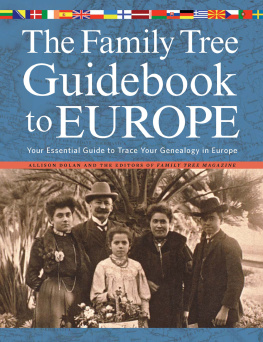
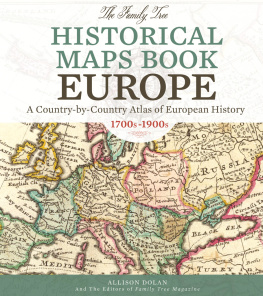

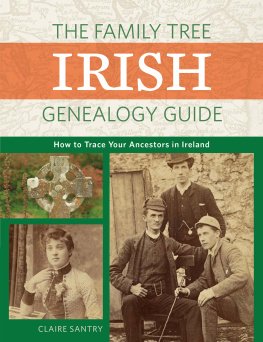
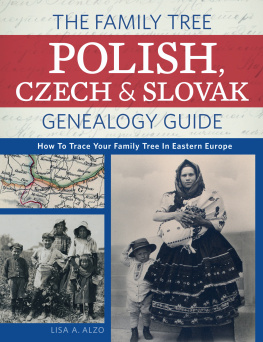
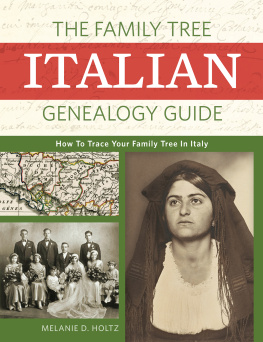
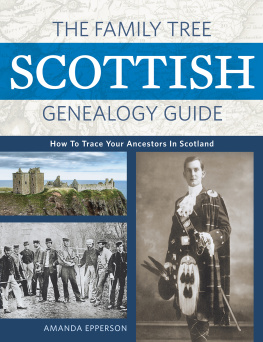

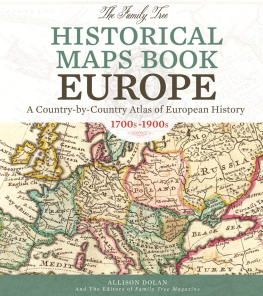

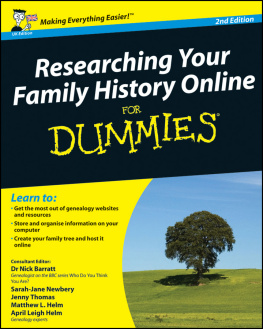




 Exhaust US Sources First
Exhaust US Sources First